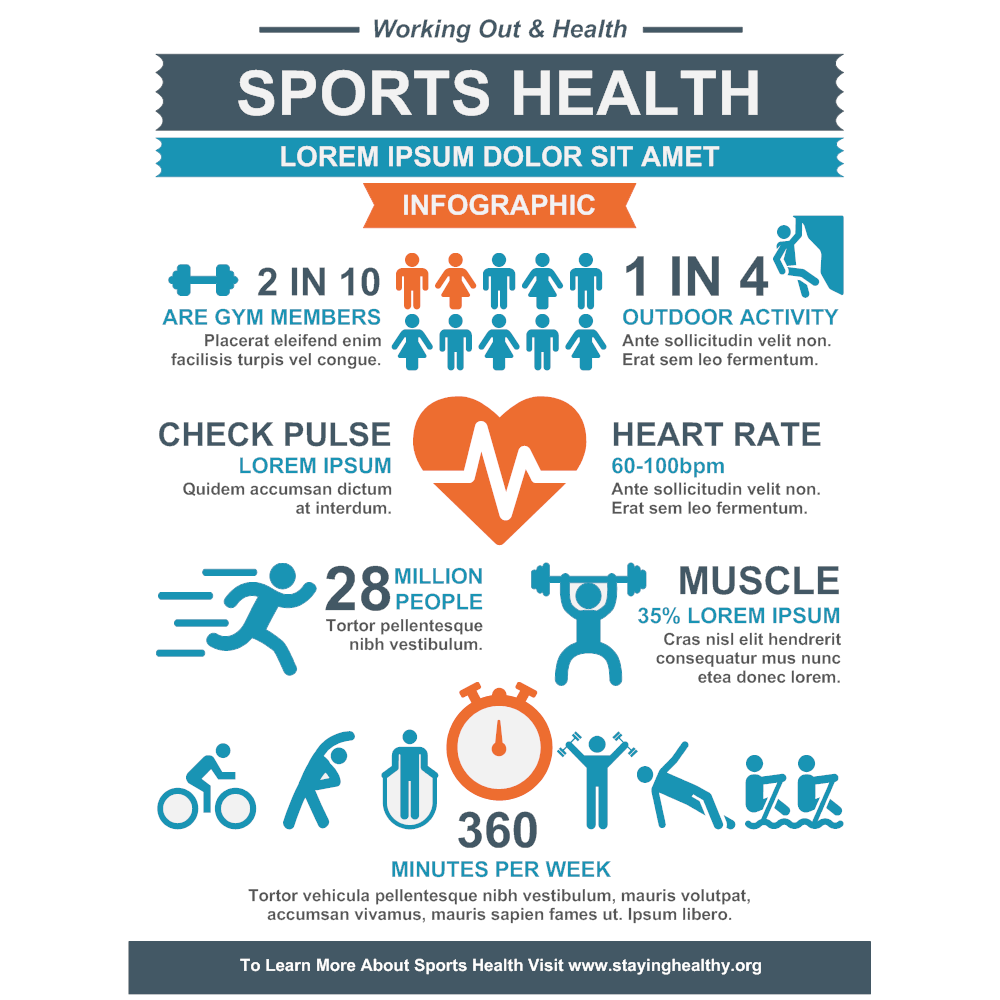We're Right Here To Talk About Surgical Solutions For Rupture Types

Published By-Sherman Sullivan
* Inguinal hernia: An outcropping of tissue through a weakened location in the abdominal wall, typically on one side of the groin.
* Hiatal rupture: A projection of the belly via the diaphragm and into the upper body tooth cavity.
* Umbilical hernia: A bulge near the tummy button that occurs when a weakened location in the abdominal wall enables fat or various other cells to press through.
* Forward hernia: A lump that happens when a damaged area in the stomach wall surface enables fat or other cells to press through, often near a previous medical incision.
* Incisional rupture: A bulge that occurs when a damaged area in the abdominal wall enables fat or other tissue to push through, frequently near a previous surgical incision.
It is very important to keep in mind that not all hernias need surgical treatment, but these kinds do. If you suspect you have a rupture, it's important to get in touch with a healthcare specialist for proper diagnosis and treatment.
So, you've been experiencing some pain recently, and after a comprehensive assessment, your medical professional has actually figured out that you have a hernia. Now, before you begin stressing, it is very important to comprehend that not all ruptures call for surgical intervention.
Nevertheless, there are specific kinds that do, and that's what we're below to discuss. From inguinal ruptures to umbilical ruptures and also hiatal ruptures, each one presents its own one-of-a-kind challenges and considerations.
However let's not prosper of ourselves just yet. We'll study the specifics soon enough.
Inguinal Ruptures
If you're experiencing pain and pain in your groin area, you might have an inguinal hernia that requires surgical intervention. An inguinal rupture happens when a part of the intestine or fatty tissue pushes through a weak spot in the inguinal canal, which is located in the reduced abdomen.
This sort of rupture is much more typical in men than females and can be caused by variables such as heavy training, stressing throughout bowel movements, or chronic coughing. Signs of an inguinal hernia include a lump in the groin location, pain or discomfort when coughing or raising, and a feeling of pressure or weak point in the groin.
If left without treatment, an inguinal rupture can bring about issues such as bowel blockage or strangulation, which is why medical treatment is needed to fix the rupture and avoid additional complications.
Umbilical Hernias
Do you understand what an umbilical hernia is and how it can be dealt with operatively?
An umbilical rupture happens when a part of the intestinal tract or abdominal cells protrudes through a weak point in the abdominal wall near the stomach button.
If https://telegra.ph/Healing-Timeline-What-To-Expect-After-Hernia-Surgery-06-05 have an umbilical rupture that requires medical treatment, right here are three therapy options to consider:
- Hernia repair surgical procedure: This is the most usual therapy for umbilical ruptures. Throughout the treatment, the cosmetic surgeon will make a laceration near the rupture and press the sticking out cells back into place. https://www.capegazette.com/article/beebe-general-surgery-offers-experienced-hernia-treatment/219959 'll then enhance the stomach wall surface making use of stitches or a mesh patch.
- Laparoscopic surgical procedure: In many cases, a minimally intrusive method called laparoscopic surgical treatment may be used. This method includes making small lacerations and utilizing a video camera and specialized tools to repair the rupture.
- Open surgery: In even more complicated instances, open surgery may be necessary. This involves making a larger laceration to accessibility and fix the hernia.
Hiatal Hernias
A hiatal rupture occurs when part of the belly sticks out via the diaphragm into the chest dental caries. This sort of hernia is relatively typical and often calls for surgical treatment.
Hiatal ruptures can be identified right into 2 primary kinds: gliding and paraesophageal hernias. Moving hernias are the most usual and take place when the reduced part of the esophagus and the top of the belly slide up right into the upper body through the respite, a tiny opening in the diaphragm.
On the other hand, paraesophageal ruptures are much less common yet more serious. In this kind, a portion of the stomach pushes with the hiatus together with the esophagus, causing possible difficulties like gastric volvulus or strangulation.
Surgical repair work is usually necessary to treat hiatal ruptures and alleviate signs and symptoms such as heartburn, chest pain, and trouble ingesting.
Verdict
So there you have it, the various types of hernias that need surgical treatment.
One example of a hernia instance that called for surgical treatment is John, a 45-year-old man that struggled with an inguinal hernia. In spite of his initial discomfort and worry, John selected surgical intervention.
The procedure succeeded, and he experienced a complete healing, allowing him to go back to his normal activities without any further complications.
Bear in mind, it is necessary to seek advice from a medical care expert if you think you might have a hernia that calls for medical treatment.

